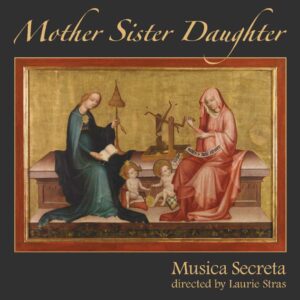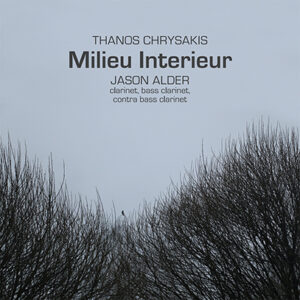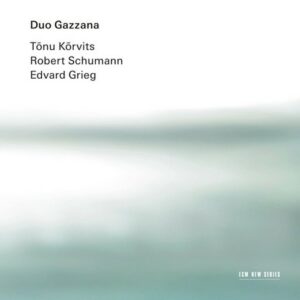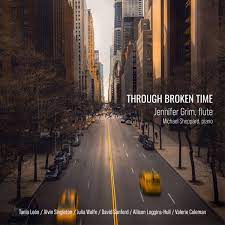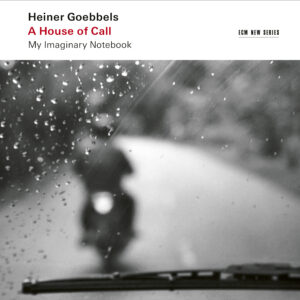J.S. Bach
András Schiff
Clavichord
He was the best organist in Europe and a mean harpsichordist too, but Johann Sebastian Bach loved playing the clavichord. The intimacy of its soft dynamic range, supple tone, and the ability to have an aftertouch with a slight vibrato made the instrument a distinctive one, ideal for small rooms: for practice or to be played for a few listeners. András Schiff has distinguished himself as one of the premiere Bach pianists of our time, making a convincing case for the music to be realized on a concert grand. He has recorded extensively for ECM’s New Series, the Goldberg Variations (2001) the Six Partitas (2007), and both books of the Well-Tempered Clavier (2012). On Clavichord, he turns to the smaller instrument, playing a double CD recording of works eminently suited for it. In the program notes, Schiff says that he always begins his day with Bach. While he used to do so on the piano, it is now the clavichord that occupies his early hours. The period instrument used for the recording was built by Joris Potvlieghe in 2003 and is a replica of the unfretted Specken clavichord of 1743.
The clavichord thrives in contrapuntal textures of two or three voices. Thus Schiff has assembled a number of pieces without the thickened textures of the largest fugues. The standouts of the recording are the 2-part Inventions and 3-part Symphonias. Schiff adopts tempos that often are more deliberate than his renditions on the piano, reflecting the action of the clavichord. One can still play quickly, however, as he demonstrates with a fleet-fingered rendition of the F-major Invention. The architectural shaping of pieces like the E-flat major Sinfonia elucidates its form with consummate elegance. The Sinfonias in D and E both adopt dance rhythms, which are performed with verve.
Four Duets (BWV 802-805) demonstrate that even in a two-voice texture, Bach could create considerable contrapuntal interest and spicy chromatic inflections. Schiff plays these with a period-informed sense of fluidity of tempo. The Capriccio BWV 992 has a characteristic flair, with subtitles that detail a person being entreated by his friends not to undertake a journey. This is something we would more likely see from Beethoven or Schumann. The variations, on the tune Lontanza del fratello dilettissimo, include multiple arias and finish with a jaunty “Fuga al posta ” – a postcard from abroad!
Clavichord includes two particularly imposing pieces. The Ricercar á 3 is from the Musical Offering, the composer’s late career gift to Frederick the Great. The Chromatic Fantasia and Fugue (BWV 903) is a virtuosic masterpiece. Schiff digs in, relishing every moment and showing us the full capacity of the clavichord as an instrument that should be better known.
- Christian Carey
